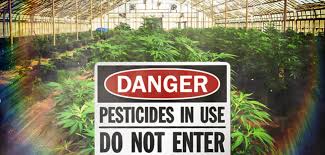The war on cannabis that began in the 1930s seems to be coming to an end. Research shows that this natural plant, rather than posing a deadly danger to health, has a wide range of therapeutic benefits. But skeptics question the sudden push for legalization, which is largely funded by wealthy investors linked to Big Ag and Big Pharma.
In April, Pennsylvania became the 24th state to legalize medical cannabis, a form of the plant popularly known as marijuana. That makes nearly half of US states. A major barrier to broader legalization has been the federal law under which all cannabis – even the very useful form known as industrial hemp – is classed as a Schedule I controlled substance that cannot legally be grown in the US. But that classification could change soon. In a letter sent to federal lawmakers in April, the US Drug Enforcement Administration said it plans to release a decision on rescheduling marijuana in the first half of 2016.
The presidential candidates are generally in favor of relaxing the law. In November 2015, Senator Bernie Sanders introduced a bill that would repeal all federal penalties for possessing and growing the plant, allowing states to establish their own marijuana laws. Hillary Clinton would not go that far but would drop cannabis from a Schedule I drug (a deadly dangerous drug with no medical use and high potential for abuse) to Schedule II (a deadly dangerous drug with medical use and high potential for abuse). Republican candidate Donald Trump says we are losing

